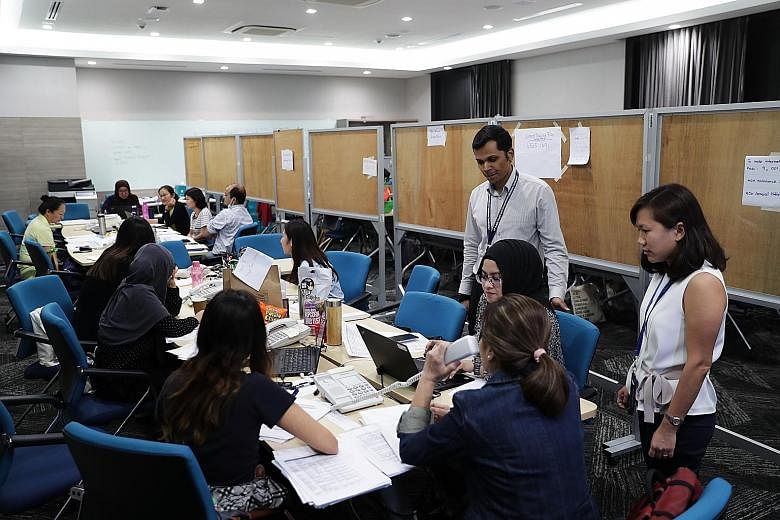When a Singaporean man living in Tampines, a woman who lived in Choa Chu Kang and a third Singaporean who went to Malaysia emerged as coronavirus cases, the authorities puzzled over how they could have contracted the infection.
The trio had no known links with the existing cases.
Painstakingly, health and police officers interviewed each patient to draw up an activity map of what they had done and whom they had met. Every minute of their 14 days before they felt ill had to be accounted for.
It was through this that officers uncovered that the trio had visited a church that two previous cases - a couple from Wuhan visiting family here - had gone to.
Mr Pream Raj, an assistant director in the Communicable Diseases Division of the Ministry of Health (MOH), and one of the leaders in the contact-tracing effort, told The Straits Times: "The mapping is detailed, 24 hours, minute by minute, with no gaps."
If there are gaps, the team would call a patient to try and jog his memory. And if the patient is too sick, the team would approach his next of kin.
Details officers want include where the patient had meals and with whom, the mode of transportation they used when travelling, whether they had done any marketing or even gone out for a walk.
All this information is then put into a system so that all the maps from all the patients can be cross-referenced.
This is to see if there are any non-obvious overlaps, said Mr Raj.
Possible links are flagged, and further cross-checks made.
It was through this process that on Saturday, the team was able to ascertain that a new possible cluster had formed - the activity maps of the three Singaporeans and the Wuhan couple intersected at The Life Church and Missions Singapore at 146B Paya Lebar Road.
An MOH statement said: "Further epidemiological investigations and contact tracing have uncovered links between previously announced and new cases.
"This was made possible with the assistance of the Singapore Police Force."
The Health Ministry did not elaborate on the police's role in linking the five cases.













